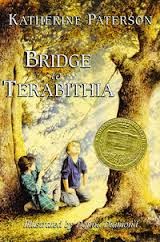Sweet, M. (2011). Balloons over Broadway: The true story of the puppeteer of Macy's parade. New York: Houghton.
Tony Sarg is a puppeteer who creates the first Macy's Day Parade. It tells how he uses his knowledge of marionettes to create the big balloons that float down the parade route. Tony starts small, but by the end he has created the big balloons of today. Illustrations in this book are eye catching colleges that give details to the story.
Lesson plan for Balloons Over Broadway:
After reading the story to the students discuss how Tony Sarg developed his balloons over the years and talk about what a parade route is. Have students pull up Google maps on the iPads and get a map of their town or city. Plan a 2.6 mile route (like Macy's) through their town. Make sure to mark where the beginning and end of the route is, and where the best place to view the parade is.
More lesson plans for this book at: http://www.rif.org/documents/us/Balloons-Over-Broadway_RIF-Extension-Activities-for-Educators.pdf
5) Geography. The student understands the concepts of location, distance, and direction on maps and globes. The student is expected to:
(B) use a scale to determine the distance between places on maps and globes;
(C) identify and use the compass rose, grid system, and symbols to locate places on maps and globes; and
(D) create and interpret maps of places and regions that contain map elements, including a title, compass rose, legend, scale, and grid system.



















































